Vet radiology resources
-
Take a look at our resources covering: vet radiology for small animals, exotics and equine radiology.
Here you will find articles, case studies and webinars providing learning opportunities to discover the latest insights; plus VET.CT whitepapers and the latest information about VET.CT's projects.


Liz Barton
MA VetMB, MCIPR, FRCVS, Head of...
Kiburi, the 21-year-old patriarch of London Zoo’s western lowland gorilla troop, was recently given a clean bill of health following a meticulously planned health check. The 177kg primate had been under observation after contending with recurrent gastrointestinal issues, leading the Zoo’s expert...
Read more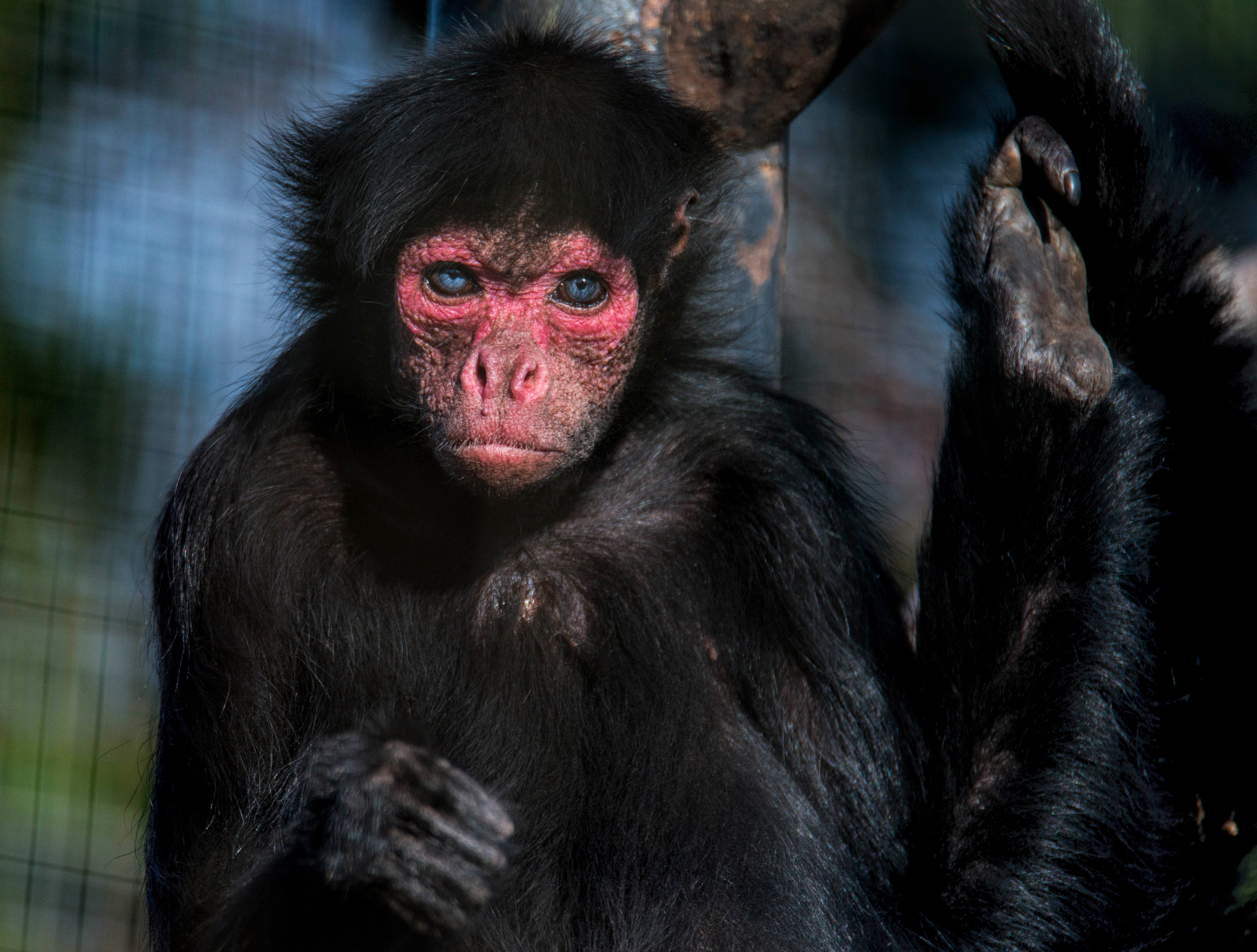

Liz Barton
MA VetMB, MCIPR, FRCVS, Head of...
Smokey, a rare red-faced spider monkey from the Welsh Mountain Zoo in Colwyn Bay, Conwy had become unwell and started vomiting. The zoo had lost a femalespider monkey a few months prior, due to a perforated ulcer.
Read more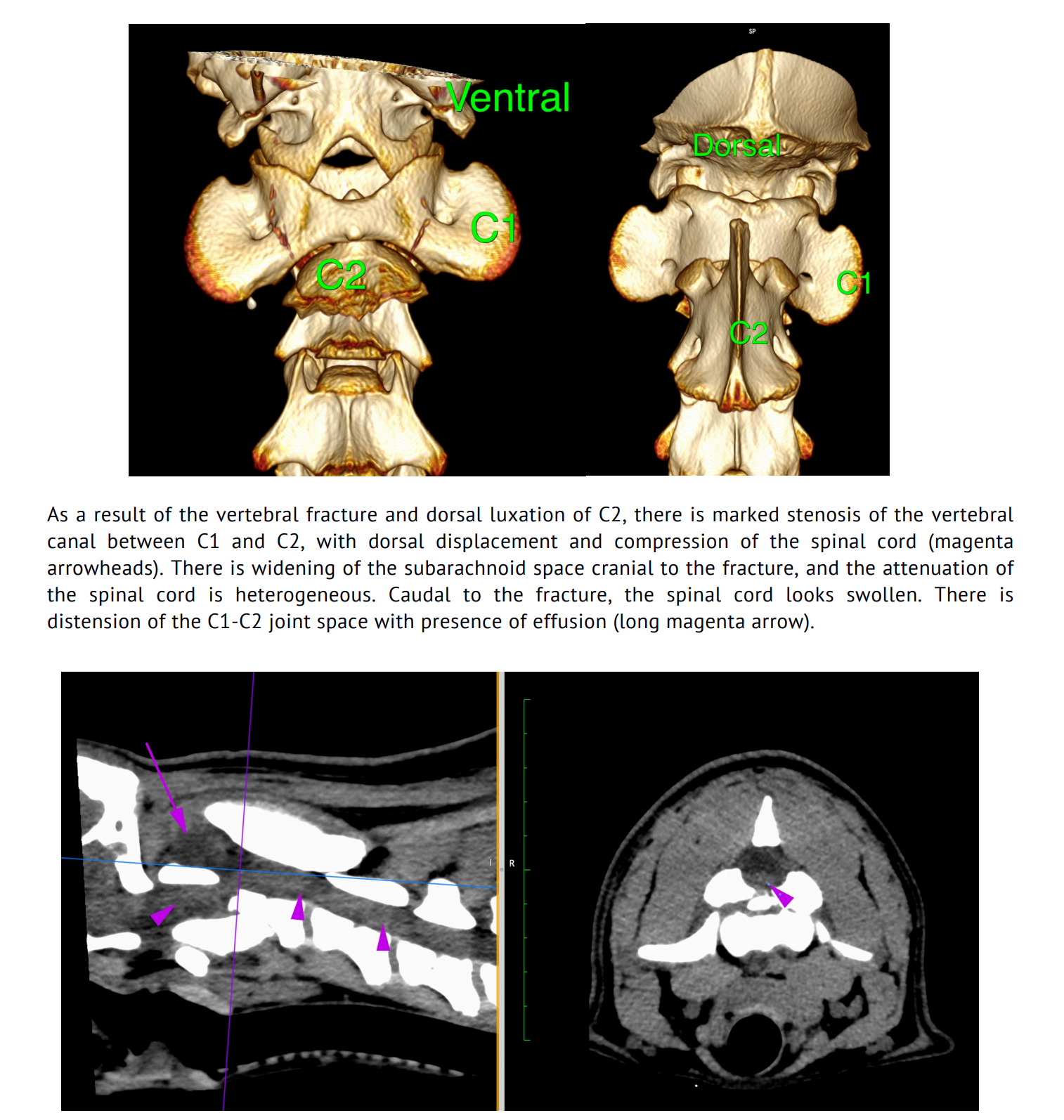

Liz Barton
MA VetMB, MCIPR, FRCVS, Head of...
In the patient-centric world of veterinary medicine, accurate and rapid diagnosis is paramount to ensuring the best possible outcomes for the animals in our care. Effective communication with pet parents is then essential to facilitate the trust, understanding and partnership needed for successful...
Read more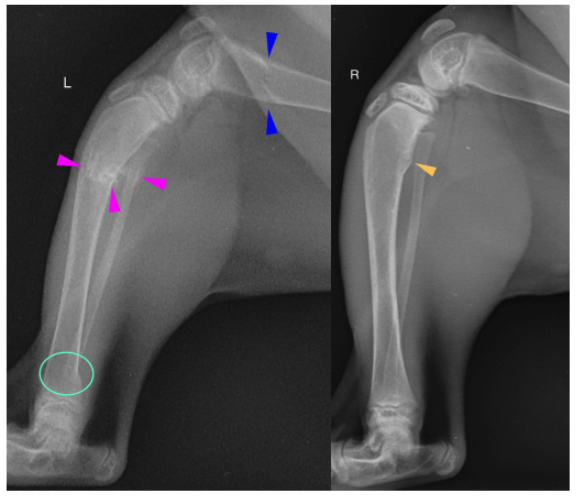

Liz Barton
MA VetMB, MCIPR, FRCVS, Head of...
The process of teleradiology involves two critical components: the expert interpretation of the medical images and the effective communication of those findings in a clinically useful, comprehensive report. Mastering both is essential for success, but most importantly of all, we really care about...
Read more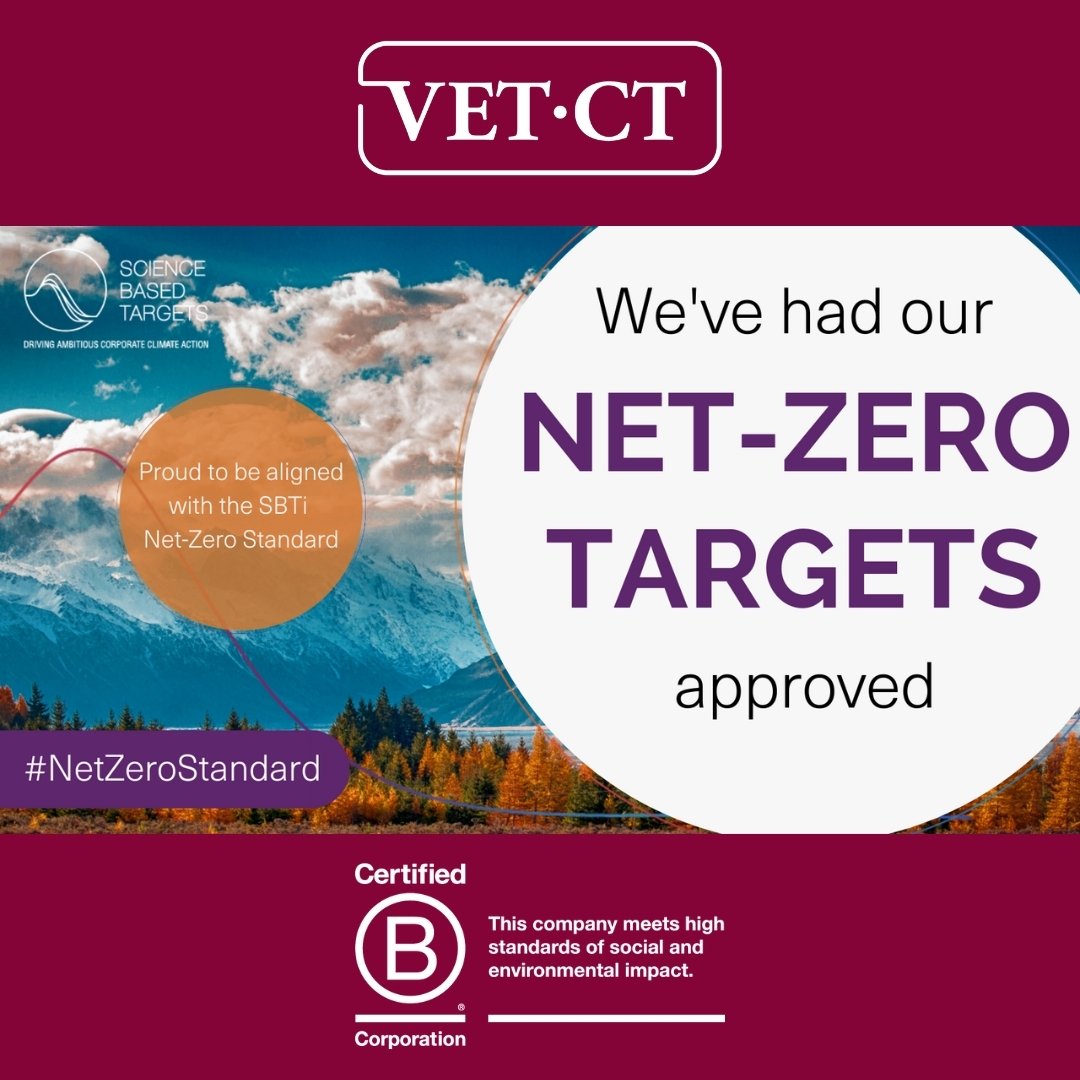

Liz Barton
MA VetMB, MCIPR, FRCVS, Head of...
VET.CT has announced that it has become one of only a handful of veterinary companies worldwide to have validated science-based net-zero targets. This significant milestone builds on the company’s 2024 achievement of operating as a carbon neutral company and reflects its key value of doing the...
Read more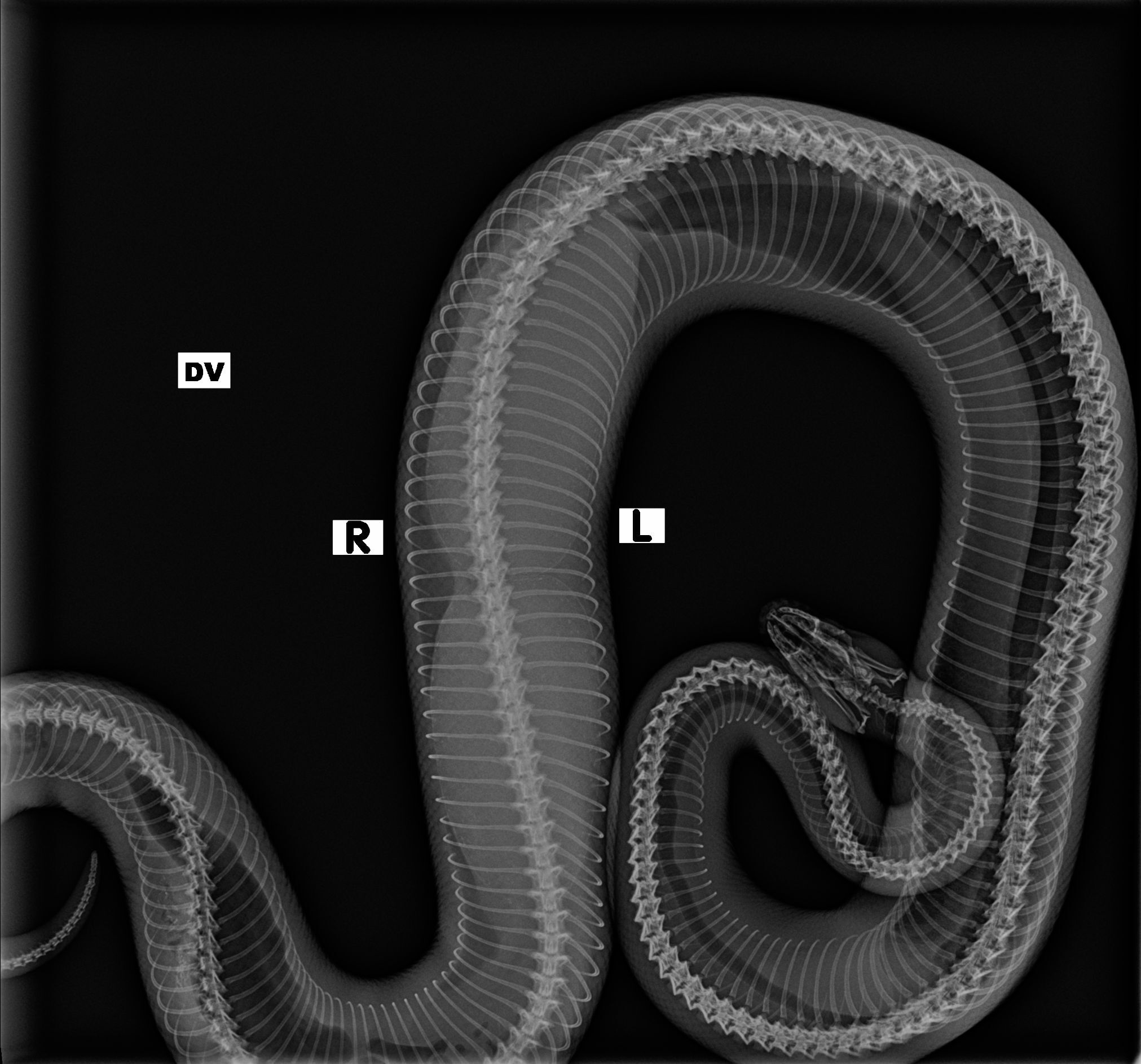

Amy Zalcman
Radiologist and Resident...
A 3 year old female entire Ball Python presentedfor abdominal swelling. She recently laid a clutch of eggs which were removed from the enclosure. She had 4 eggs in her first clutch. She is acting normally.
Read more